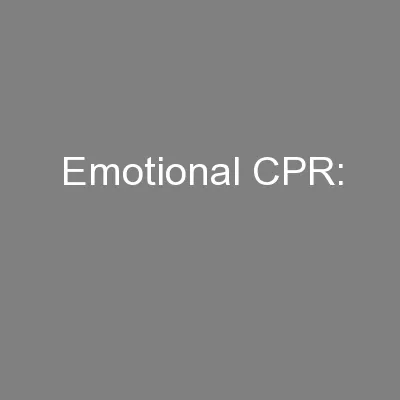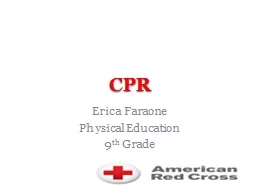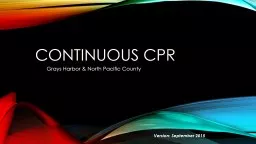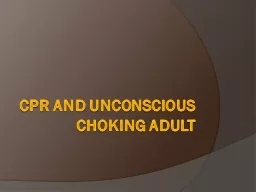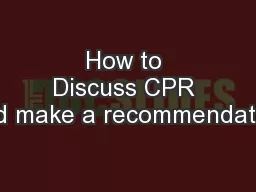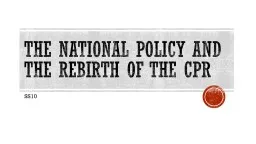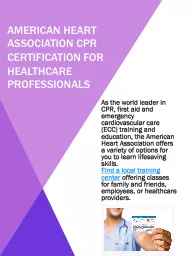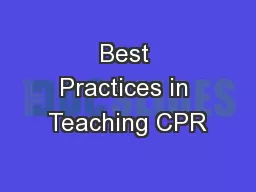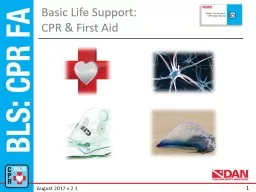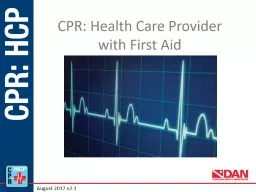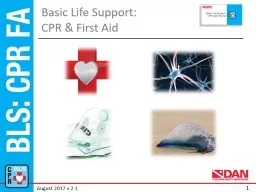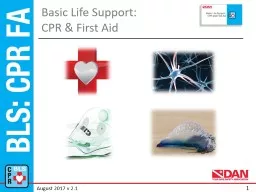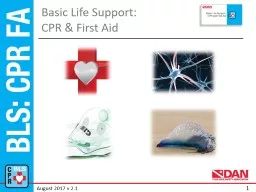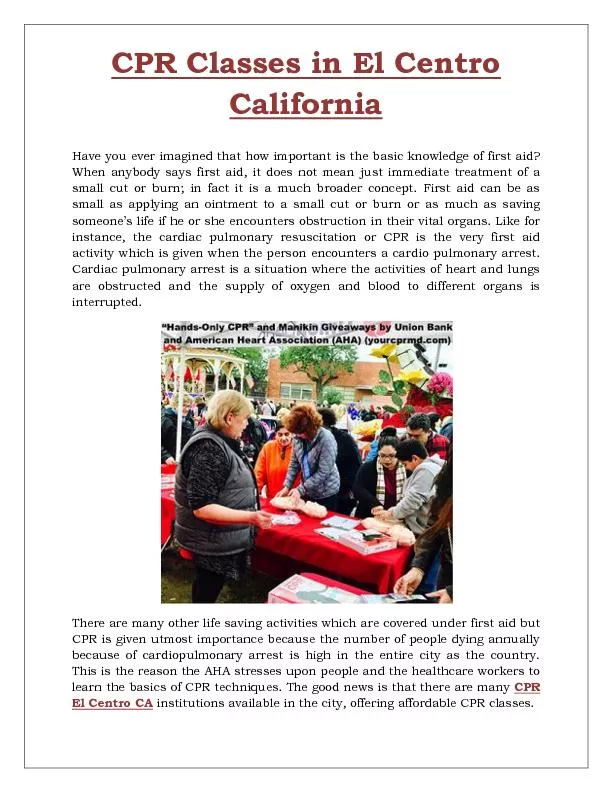PPT-Emotional CPR:
Author : alexa-scheidler | Published Date : 2016-10-30
Assisting Others Through Emotional Crisis February 16 2012 wwwemotionalcprorg 2 Webinar Outline 1 Introduction to Emotional CPR eCPR 2 Comparing eCPR to the
Presentation Embed Code
Download Presentation
Download Presentation The PPT/PDF document "Emotional CPR:" is the property of its rightful owner. Permission is granted to download and print the materials on this website for personal, non-commercial use only, and to display it on your personal computer provided you do not modify the materials and that you retain all copyright notices contained in the materials. By downloading content from our website, you accept the terms of this agreement.
Emotional CPR:: Transcript
Download Rules Of Document
"Emotional CPR:"The content belongs to its owner. You may download and print it for personal use, without modification, and keep all copyright notices. By downloading, you agree to these terms.
Related Documents

